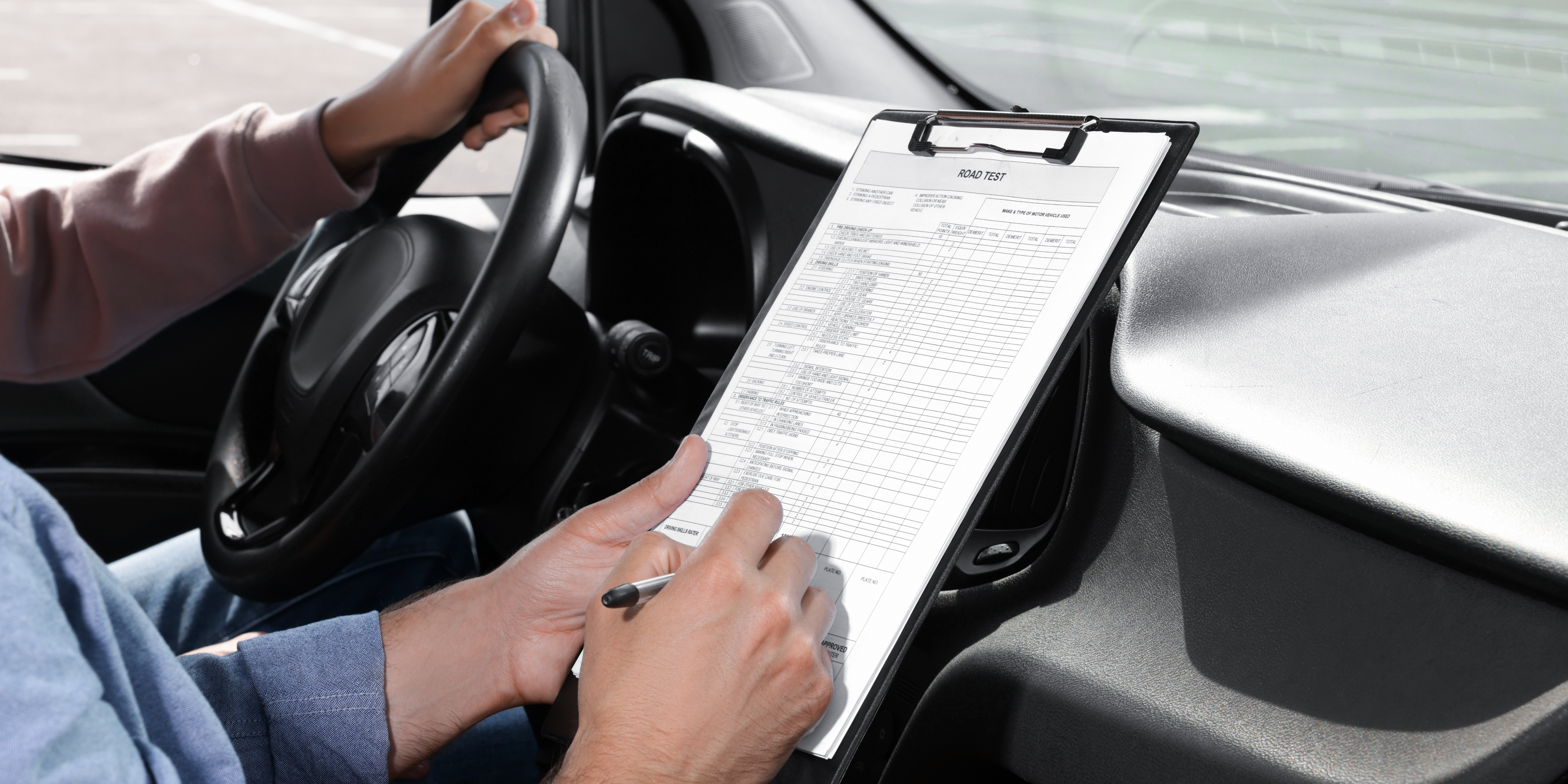As a parent or guardian, ensuring the safety of your children while driving is paramount. Kids are particularly vulnerable passengers, and creating a safe driving environment can help protect them from potential accidents and distractions. In this blog post, we’ll explore practical steps you can take to create a secure and comfortable driving experience for your little ones.
1. Choose the Right Car Seat
One of the most critical aspects of child safety in vehicles is selecting the appropriate car seat. The right seat can significantly reduce the risk of injury in the event of an accident.
Types of Car Seats:
- Infant Car Seats: Designed for newborns and infants, these seats typically face backward and are used until the child reaches the seat’s weight or height limit.
- Convertible Car Seats: These can be used in both rear-facing and forward-facing positions, making them versatile as your child grows.
- Booster Seats: For older children who have outgrown their convertible seats, booster seats elevate them so that the car’s seatbelt fits properly.
Installation Tips:
- Follow the Manual: Always read the car seat manual and your vehicle’s owner’s manual for proper installation guidelines.
- Securely Fasten: Make sure the car seat is tightly secured in the back seat. It should not move more than an inch side to side or front to back.
- Regular Checks: Periodically check the car seat for proper installation, especially if you frequently move it between vehicles.
2. Buckle Up Every Time
Seat belts are your child’s first line of defense in a vehicle. It’s crucial to instill the importance of buckling up from a young age.
How to Encourage Seat Belt Use:
- Lead by Example: Always wear your seat belt, as children often mimic adult behavior.
- Create a Routine: Make buckling up a part of your driving routine. Consider using a fun phrase like “Buckle up for safety!” to make it a positive experience.
- Use Reminders: For older kids, consider using a reminder system on your dashboard. If you don’t see them buckled in, gently remind them to fasten their belts before starting the engine.
3. Establish Rules for Behavior in the Car
Setting clear rules for behavior while driving can help minimize distractions and create a calmer environment.
Suggested Rules:
- No Running or Playing: Explain to your children that the car is not a place for play. They should remain seated with their seatbelts fastened at all times.
- Quiet Time: Encourage a calm atmosphere by setting specific times for quiet activities, such as reading or listening to music.
- No Food or Drinks: Consider limiting food and drink in the car to prevent spills and distractions. If you do allow snacks, opt for easy-to-clean options.
4. Minimize Distractions
As a driver, it’s crucial to maintain focus on the road. Children can sometimes be a source of distraction, so it’s essential to create an environment that minimizes interruptions.
Tips to Reduce Distractions:
- Prepare Ahead: Plan your trips and make sure to have everything you need, such as snacks, drinks, and entertainment, ready before you hit the road.
- Limit Technology: While tablets and phones can be helpful for keeping kids entertained, they can also lead to distractions. Use them strategically and avoid looking at screens while driving.
- Teach Kids to Ask for Help: Encourage children to wait until you are safely parked before asking questions or requesting items from the backseat.
5. Use Engaging Activities for Longer Trips
On longer journeys, boredom can set in, leading to restlessness and distractions. Engaging activities can help keep children occupied and focused.
Fun Activities:
- Audiobooks and Podcasts: Choose age-appropriate audiobooks or family-friendly podcasts that everyone can enjoy together.
- Travel Games: Classic games like “I Spy” or “20 Questions” can keep kids entertained and engaged without distractions.
- Coloring Books and Activity Kits: Prepare a small bag with coloring books, crayons, and travel-friendly activities to keep young passengers busy.
6. Teach Safe Practices for Exiting the Vehicle
Getting in and out of the car safely is just as important as being secure while driving. Teaching children safe practices can prevent accidents in parking lots and driveways.
Safe Exiting Tips:
- Wait for Instructions: Instruct children to wait until you say it’s safe to exit the vehicle.
- Look Both Ways: Teach them to look both ways before stepping out, even in parking lots.
- Use Designated Exits: Always have children exit from the curb side of the vehicle, away from traffic.
7. Regularly Discuss Road Safety
Education is key to promoting safe driving habits. Regular discussions about road safety can reinforce the importance of safety in a vehicle.
Discussion Topics:
- Why Seatbelts Matter: Explain how seatbelts work and why they are crucial for safety.
- Understanding Traffic Signs: As children grow, teach them about basic traffic signs and their meanings, even if they are not yet drivers.
- What to Do in an Emergency: Discuss what to do in case of an emergency, including how to call for help and what to say.
8. Keep Up with Vehicle Maintenance
A well-maintained vehicle is vital for safe driving. Regular maintenance checks can help prevent breakdowns and ensure your vehicle is in good condition.
Maintenance Tips:
- Schedule Regular Inspections: Follow your vehicle’s maintenance schedule for oil changes, brake checks, and tire rotations.
- Check Safety Features: Ensure that all safety features, such as airbags and anti-lock brakes, are functioning correctly.
- Replace Worn Parts: Keep an eye on tires, brakes, and lights, replacing any worn parts as necessary.
9. Create a Calm Atmosphere
A calm atmosphere in the vehicle can contribute to a safer driving environment. When kids are relaxed, they are less likely to be disruptive.
Tips for a Calm Ride:
- Soothing Music: Play soft, calming music to create a peaceful environment.
- Comfortable Temperature: Ensure the temperature in the car is comfortable for everyone, as discomfort can lead to irritability.
- Breaks on Long Trips: Schedule regular breaks during long drives to allow children to stretch and release pent-up energy.
10. Be a Role Model
Finally, being a positive role model for your children is crucial. They learn from your actions, so practicing safe driving behaviors will instill good habits in them.
How to Be a Good Role Model:
- Follow Traffic Laws: Always adhere to speed limits, stop at red lights, and use turn signals. Your children will take notice of your driving habits.
- Stay Calm in Stressful Situations: How you handle stressful driving situations can teach your children about managing anxiety and making safe choices.
- Share Your Experiences: Talk about your own experiences and lessons learned while driving to reinforce the importance of safety.
Conclusion
Creating a safe driving environment for kids is an ongoing commitment that involves preparation, education, and mindfulness. By implementing these strategies, you can help ensure that your children feel secure and protected while on the road. Remember, instilling safe habits from a young age will lay the foundation for responsible driving as they grow. Your proactive efforts can make all the difference in keeping your little ones safe and sound!
Click here to view our different packages or click here to book your road test.
Lastly, our services are extended to Toronto, North York, Etobicoke, Scarborough, Vaughan and Brampton.



